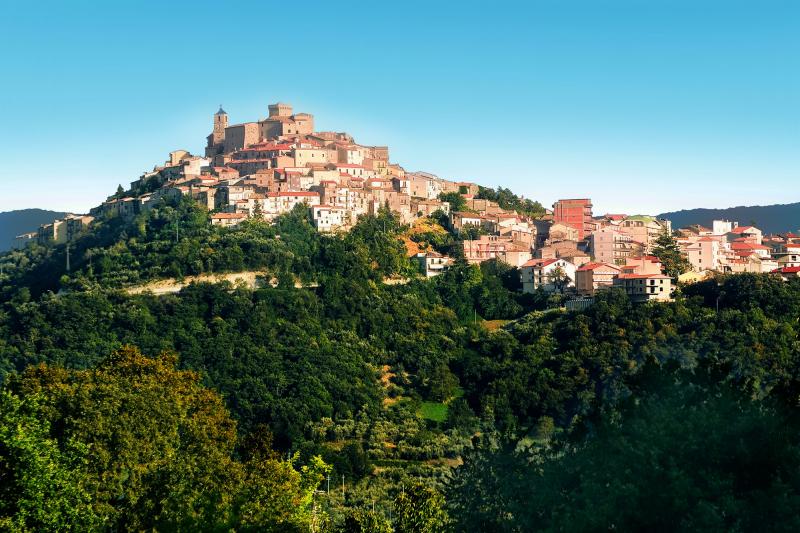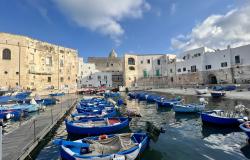Casoli’s recent placement in the Borgo dei Borghi contest is big news in this little hilltop town. Nestled deep in the region of Abruzzo, the ancient town doesn’t get anything close to the attention of Tuscan hotspots like Montepulciano or San Gimignano, and its residents are mostly happy to fly under the radar.
In 2021, Casoli was officially awarded a coveted “I Borghi più belli d’Italia” designation by the association recognizing “The Most Beautiful Villages of Italy.” This May, however, Casoli was voted an impressive sixth place out of more than 300 towns and villages that were entered.
For Bimbi Bellhouse, the head of Italian Operations & Founder-Partner of Palazzo Ricci, this award is hugely important. “Not only does it engender a feeling of civic pride which is manifested by flowers and plants being put in public places and a general ‘sprucing up’ of the centro storico,” she explains, “it also absolutely does improve tourism to the area and to the town itself.”
The successful show on Italian TV program Rai 3 pits 20 Italian villages (one per region) against each other. Every Sunday, for 20 consecutive weeks, the producers of Rai 3 would zoom in on a different town or village around the country, shedding light on not only its history, but its community. The competition finally reached its peak in April, with many members of Casoli’s community waiting with excitement for the result.
“Immediately after the announcement, there were lots of comments on social networks from satisfied citizens for this beautiful result,” says Valeria Milano, Owner Relations Manager at Palazzo Ricci, who is clearly delighted with the news. “There were also many compliments from citizens of neighboring towns and other towns in Abruzzo, because Casoli represented Abruzzo in this challenge!”
Casoli’s mayor Massimo Tiberini was also pleased, tweeting: “Now more than ever, a shared work is important to offer the maximum hospitality to tourists and to make Casoli and the entire territory more and more beautiful.”
So what’s the big appeal of Casoli?
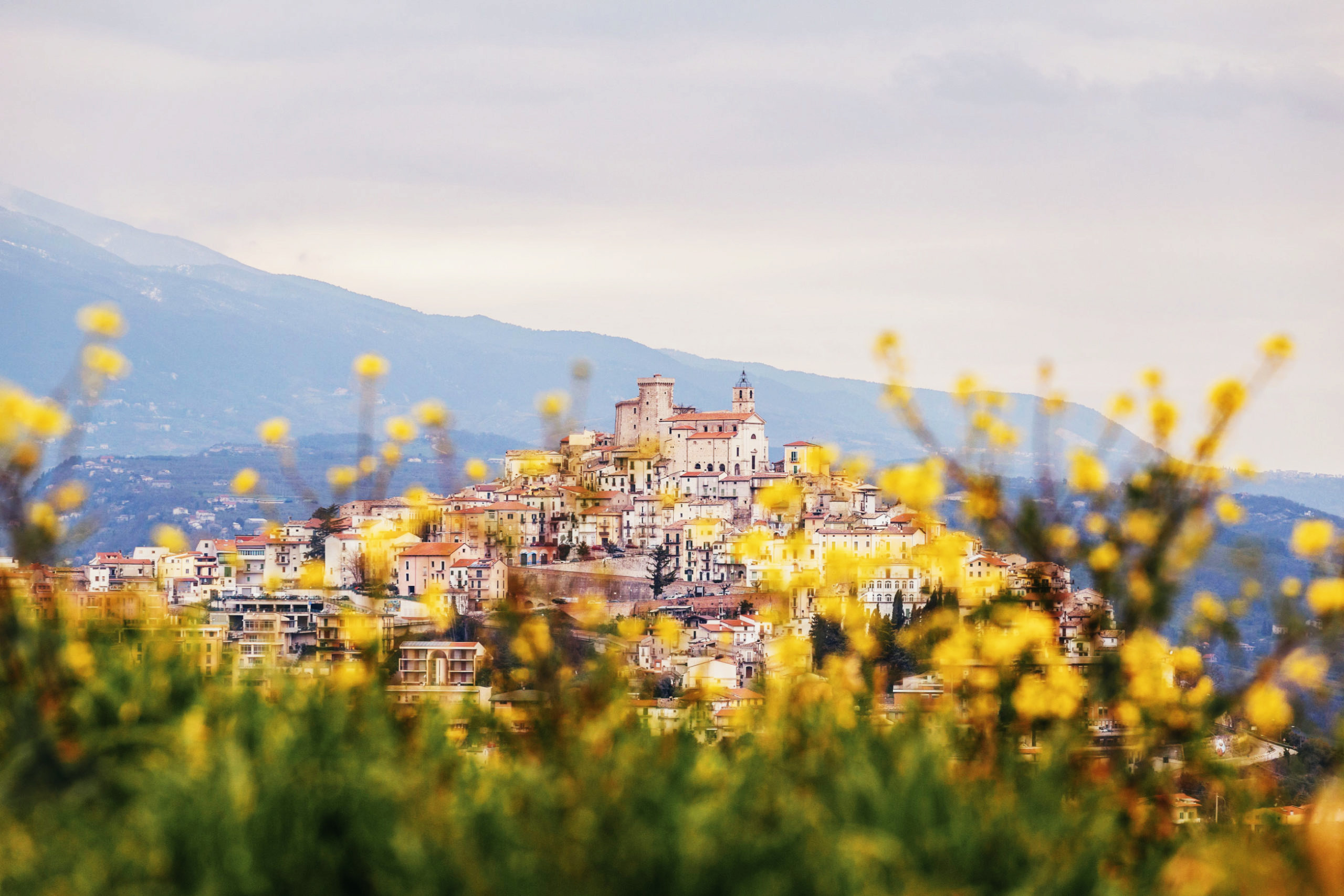
“Casoli is not just somewhere to visit,” says Bellhouse, who has had a house in Abruzzo for over 20 years in the countryside outside Casoli, and produces organic extra virgin olive oil with her husband Spencer Power. For her, “it is a living, working town with young families in work who have children — quite often more than one. They are very keen on social events, from Christmas markets to the sagre in the summer, and they do their best to celebrate things in a positive traditional way throughout the year.”
Historically, Casoli has played a role in many events. During World War II, the town was marred with suffering yet also marked by bravery. Bellhouse describes how in the early days of Mussolini and the Fascist regime, Palazzo Ricci itself was the site of a detention camp, where many Jews, vagabonds, political opponents and “undesirable” intellectuals were brought all the way from Germany, Austria and Lithuania.
“Meanwhile, the local partisans formed the very first partisan guerrilla faction in all of Italy in the outlying villages of Casoli,” Bellhouse continues. “These were then formed into a highly effective fighting force by a British Major, Lionel Wigram — it was known as ‘Wigforce.’ Despite Wigram’s death at the battle of Pizzoferrato in February 1944, they fought alongside the 8th Army all the way up to Bologna in 1945. The War in Abruzzo was bitter and harsh and the local population suffered horrendously at the hands of the SS. The Gustav Line ran past Casoli (actually through my olive grove!) from Monte Cassino and beyond in the west to Ortona on the Adriatic Sea.”
The wider region of Abruzzo is known to be “The Green Lung of Italy,” with half of its territory designated as national parks and nature reserves. Valeria Milano explains that in Casoli, as with the rest of Abruzzo and much of Italy, the multi-generational community is a source of great pride. “This is also true at the historic Palazzo Ricci, our private residence club, where the whole place is being designed so families can come together with all the generations and partners and ages to relax and enjoy time together,” she says. Palazzo Ricci is currently under construction, and is set to open in 2024.
Palazzo Ricci through the ages
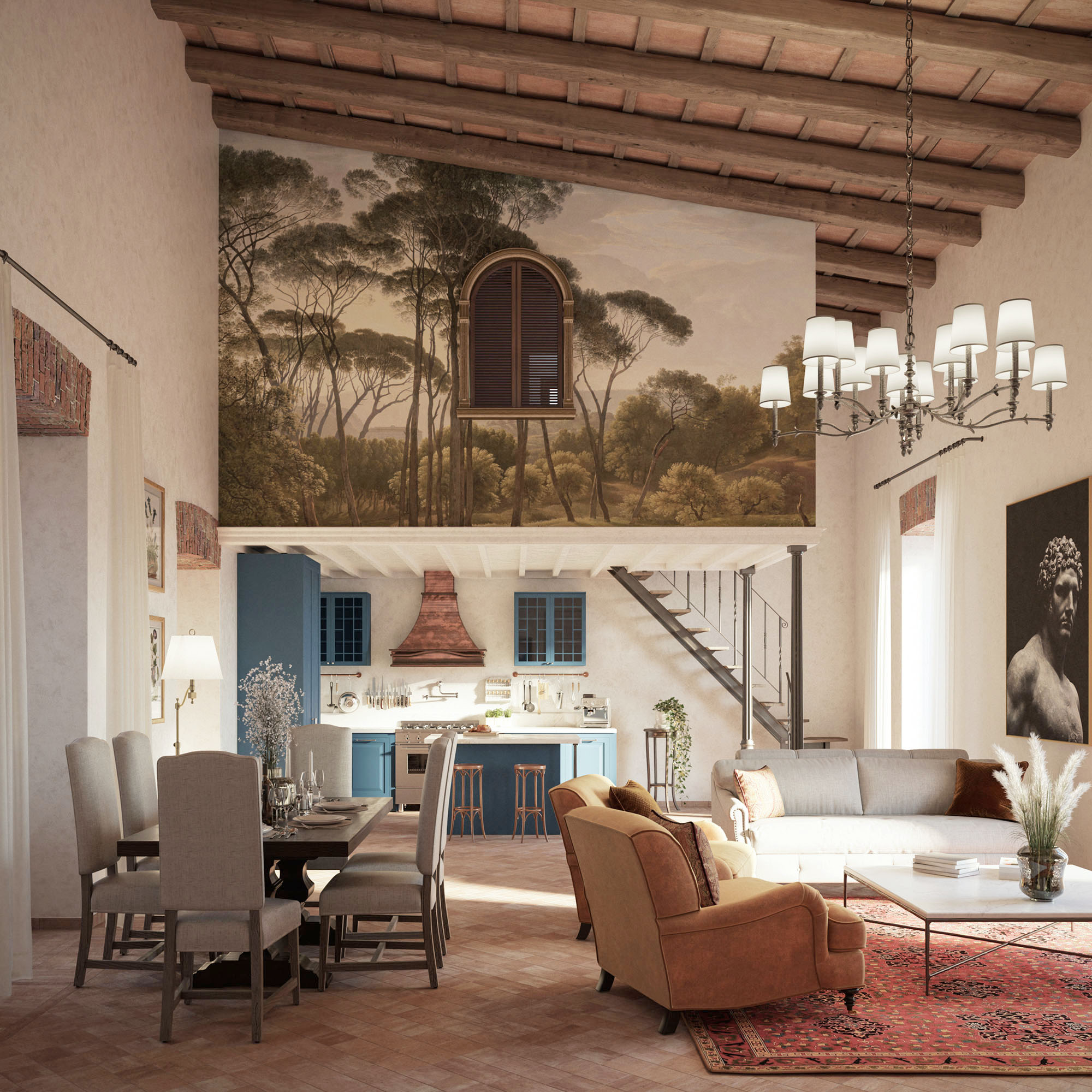
Of course, the stunning 19th century architecture of Palazzo Ricci is a key part of Casoli’s history. Characterized by its harmonious proportions, elegant arches, and ornate details, the palace served as a symbol of the wealth, power and influence of the Ricci family for many centuries. Most of the palace was completed in 1799, though the oldest recorded part of the building can be traced back to 1522. The facade is adorned with intricate carvings, decorative motifs and balconies, displaying the skill and craftsmanship of the artisans involved in its creation. The palace's symmetrical layout and grand staircase add to its overall splendor, making it a visual delight for visitors.
Baron Ricci was the life of the party in Casoli, and older members of the community still remember the legacy he left before he moved to Francamilla al Mare with his family, before finally settling in Rome. After this, the palazzo hosted a school and remained the hub of the town. As Valeria Milano recalls, “the old ladies walking by the office always have stories of the palazzo in times gone by.”
Bellhouse explains that in the years before World War I, the palazzo was the center of culture in the town, hosting the likes of Gabriele D’Annunzio — one of 20th-century Italy’s most prominent poets, soldiers and playboys — and painter Francesco Paolo Michetti, whose daughter married into the Ricci family.
The construction is due to be finished in 2024, and the chance to purchase a slice of these exclusive residences is now open.
Interested in finding out more about Palazzo Ricci? Get in touch with Owner Relations Manager Valeria Milano by emailing valeria@viaggioresorts.com, or visit Palazzo Ricci's website.
Before you go...
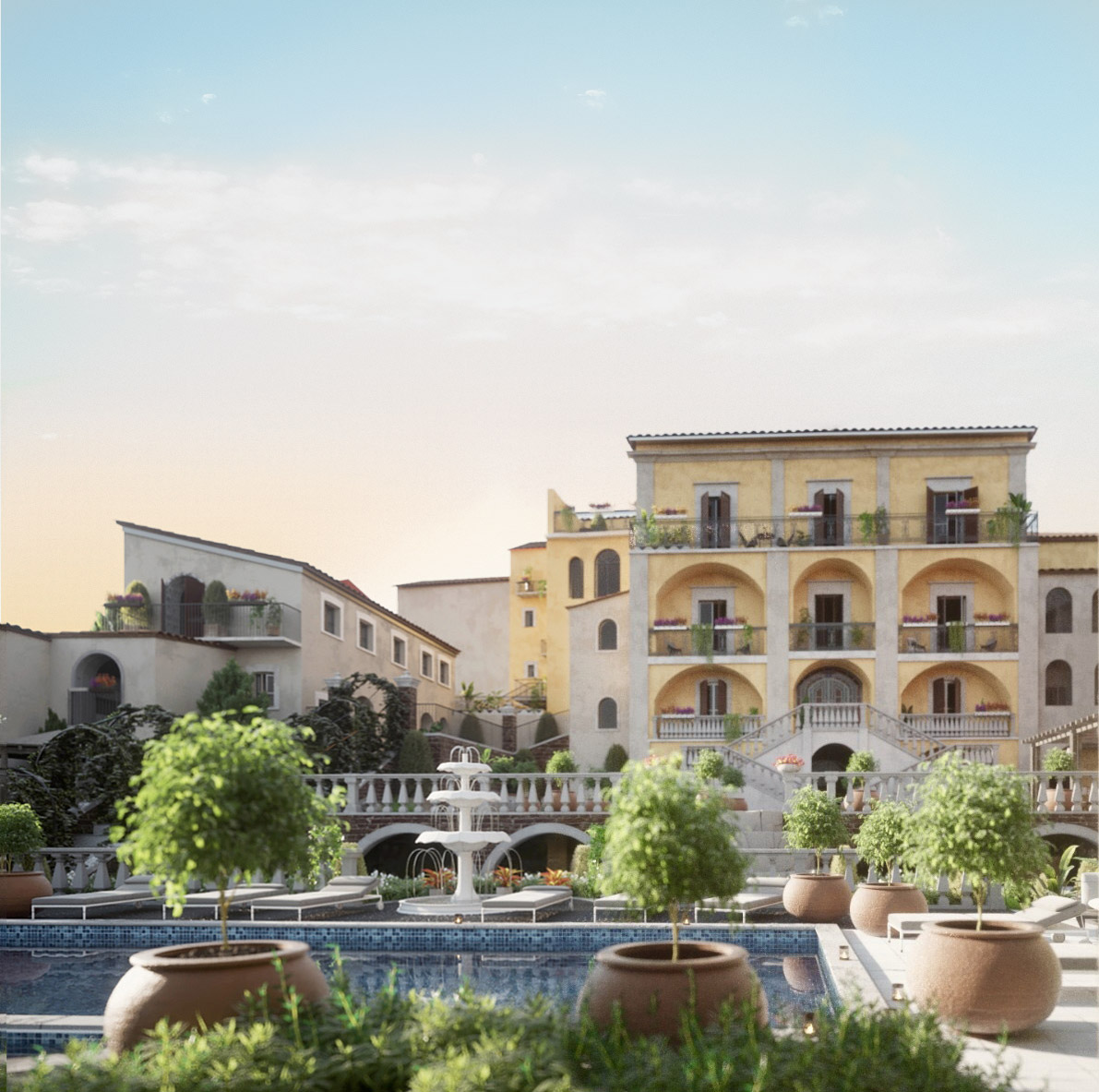
Looking back on all this history, it may seem unlikely that Palazzo Ricci has now been reborn as a luxury private residence club and fractional ownership project. Beyond its architectural grandeur and storied past, Palazzo Ricci is still an important part of the town. The property houses an impressive collection of art and antiquities: As you explore its halls and rooms, you'll encounter captivating frescoes, elaborate stucco work, and beautifully crafted furniture. What’s more, the palace has been carefully preserved, allowing visitors to appreciate the intricate details of the past and gain insight into the artistic traditions of the era.
